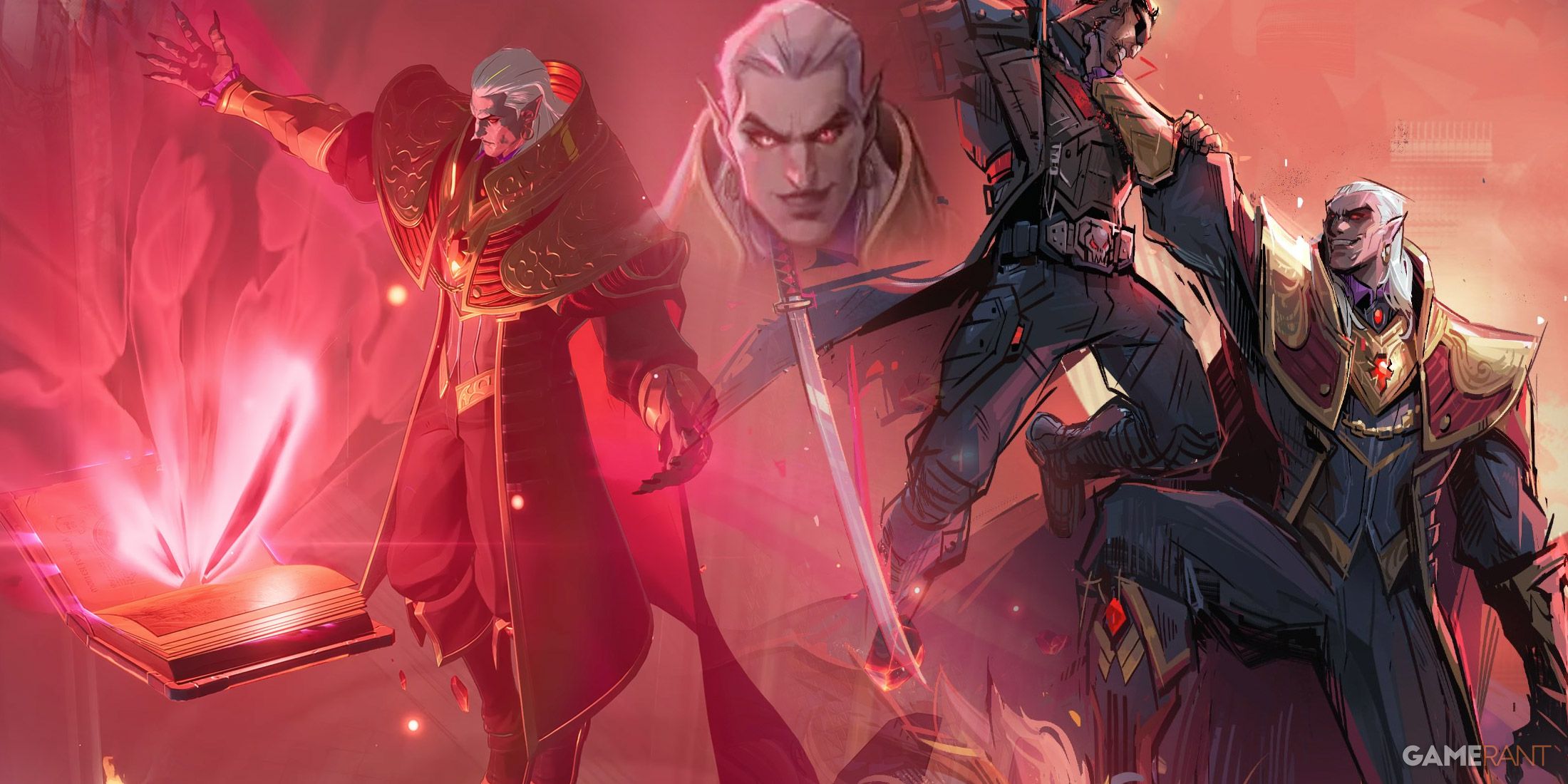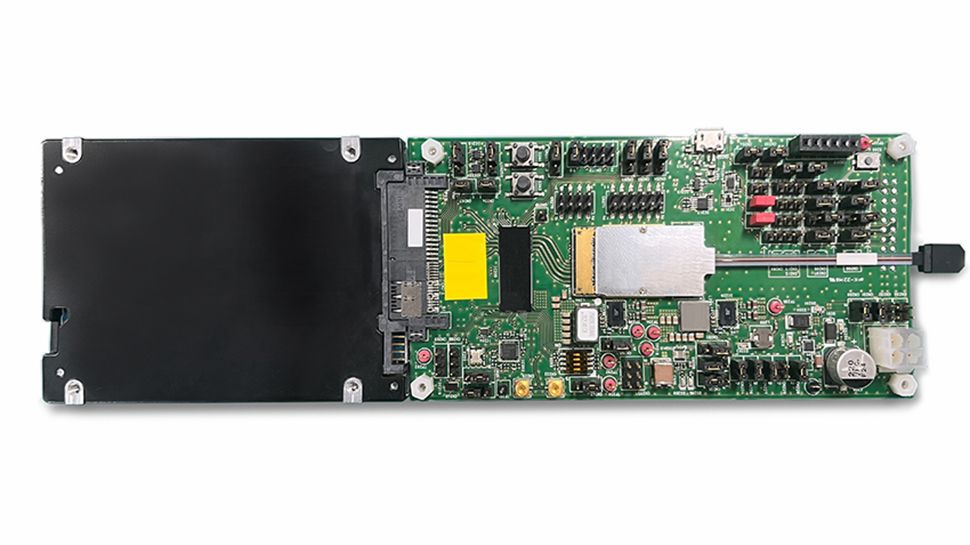
WWW.GAMESPOT.COM
All Sanctum Key Locations In Blue Prince
Are you looking for the Sanctum Keys in Blue Prince? There are eight of these in total, and finding them is no small feat. You're bound to revisit the manor and other locations multiple times across several runs. Our guide discusses all of these details, but please be aware that there are major spoilers ahead.Where to find all Sanctum Keys in Blue Prince - Sanctum Key locations guideThe Sanctum Keys are your next main objective in the campaign. Here's what you need to know:As you approach the Antechamber and Room 46, you're told that you need to go down to the Underground. There, you'll find the lever that opens the path into Room 46, as well as eight other strange doors.Once you reach Room 46 for the first time, Simon will successfully claim his inheritance.On your next run, you'll notice a lot of changes in the manor, including new rooms and secrets.If you manage to revisit Room 46, you'll see more documents and clues, including a letter about the Sanctum Keys. These are the items that you need to unlock the eight doors in the Underground. Sanctum Key 1 and the all the clues: Room 46The first Sanctum Key in Blue Prince, as well as the clue that pertains to the locations of the others, can be found in Room 46. The poem mentions the following:First key: "Found here on the furthest rank."Second key: "Locked tight in the vault of a bank."Third key: "High up among all the clocks."Fourth key: "Beneath all the docks."Fifth key: "Held by a king on his throne."Sixth key: "Left in a station by one of your own."Seventh key: "A major if you draft it quite late."Eighth key: "Behind the last door of eight."That's quite a doozy, right? Fortunately, some of the hints are fairly obvious, so it's just a matter of being lucky enough to draft them and finding certain items that you need. Sanctum Key 2: The VaultThis Sanctum Key is found in the Vault, but you need to acquire a specific item: Deposit Box Key #370. The problem is that everything is so random, and there's no guarantee that it will appear in your current run. In fact, it took us several tries before we got Deposit Box #370. We eventually got lucky when we drafted the Lost and Found as an outer room, and we spotted the key on the desk. In any case, you can read about all the related details in our Vault Key guide. Sanctum Key 3: Clock TowerTo get this Blue Prince Sanctum Key, you must first gain access to the Drafting Studio. Then, if the Clock Tower appears as an option, make sure you select it. This ensures that the Clock Tower appears as an option when you draw rooms.Now, once you're inside the Clock Tower, you'll notice that one clock has the time set to 1:30, while the others are actually based on the current time in-game. You must be inside the Clock Tower when it's 1:30 in-game to see what happens next. You can learn more about this in our Clock Tower Puzzle guide. Sanctum Key 4: ReservoirBoth Sanctum Keys #4 and #6 are in the same general area: the Reservoir. For the former, you need to fully drain the Reservoir water. This allows you to reach the basin where you'll find a bunch of locked chests. In our playthrough, we opened the black chest with the flame symbol that's behind the large rock formation. Sanctum Key 5: Throne RoomIt might take you a while to actually draft the Throne Room. Basically, for this Blue Prince Sanctum Key, you need to do the following:Complete the Laboratory Puzzle to gain access to Blackbridge Grotto.Collect all the Microchips and place them in the pedestal in Blackbridge Grotto.This opens up a pathway to an altar that has the Throne Room floorplan.While exploring the manor, make sure you draft the Throne Room. You can find the Sanctum Key on the table next to the candelabra. Sanctum Key 6: SafehouseAs mentioned earlier, this Sanctum Key is also related to the Reservoir area. However, instead of draining the waters completely, you need to tweak the water levels so you can sail on the boat. This leads you to the Safehouse, where you'll find a lot of hints and documents. The Sanctum Key is also on a crate next to the sofas. Sanctum Key 7: Music RoomThe clue for this Blue Prince Sanctum Key might seem misleading at first because it says that it's "a major when you draft it late." Here's the gist:You need to draft the Music Room. That's where a major key can appear randomly--i.e. these are unique keys and not the regular resources.The term "late" does not refer to drafting the Music Room at upper rows/ranks--i.e. row 8 or 9.The term "late" actually refers to time--i.e. the in-game time or how long you've been playing for that particular day/run.Basically, you just need to continue with your run for a longer period or leave the game running for roughly 30 minutes or so. Then, pray to the RNG gods that the Music Room appears as an drafting option when it's late in the day. Sanctum Key 8: MechanariumThe Mechanarium is yet another Found Floorplan, and you need to be careful when drafting it. Basically, you need to open the last diagonal/extra door in the room. You can only do this if you placed down seven gear-type rooms beforehand. Alternatively, you can block off the main doors, which means fewer gear-type rooms would be required. You can learn all the details in our Mechanarium Puzzle guide.That does it for our guide on how to find all Sanctum Keys in Blue Prince. You can use them to unlock the doors in the Inner Sanctum in the Underground. Don't be surprised by what happens next because, yes, you need to solve even more complex puzzles. Good luck!A surreal adventure filled with wonders and mysteries await you in Blue Prince. If ever you feel stuck or lost at any point in time in your playthrough, don't forget to check our Blue Prince guides hub.
0 Commentarios
0 Acciones
43 Views












